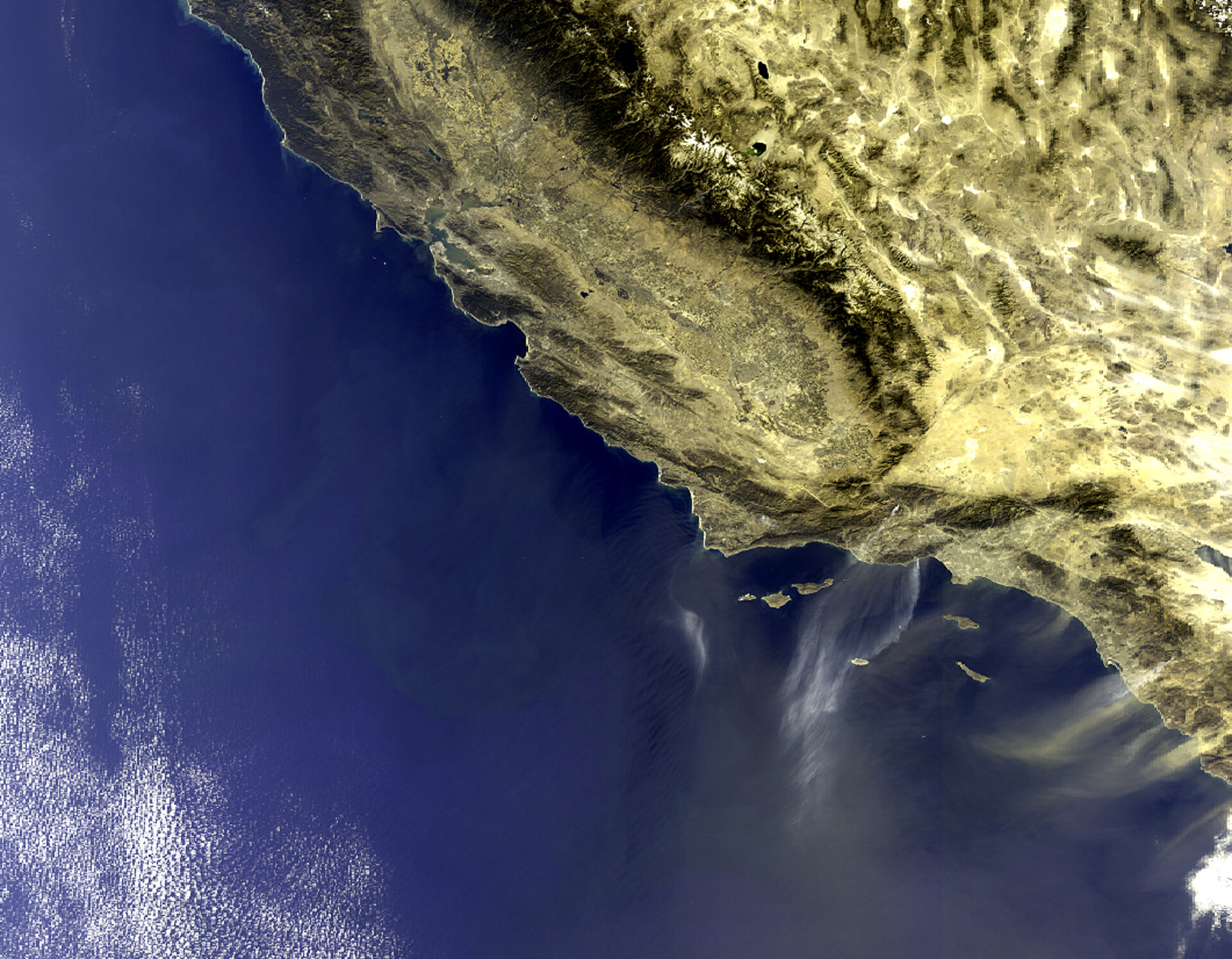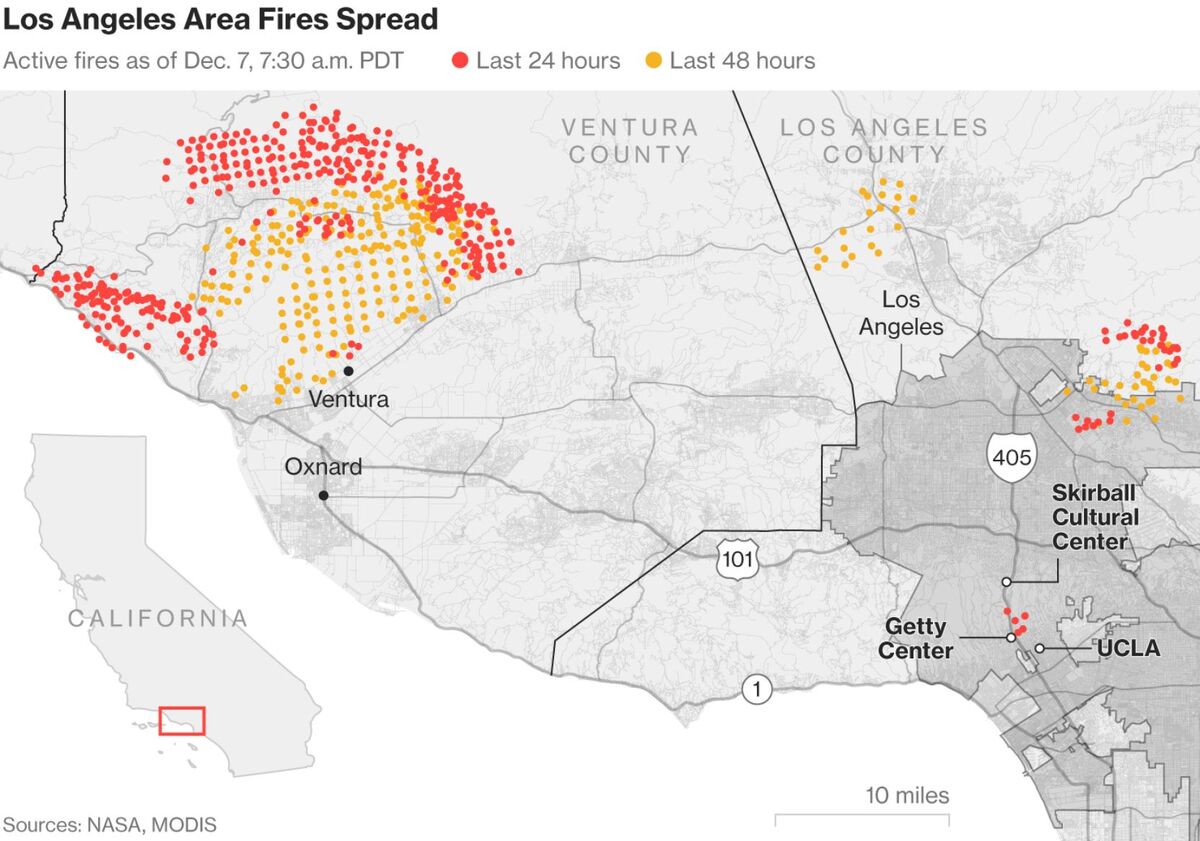
California has become a breeding ground for wildfires of unprecedented intensity and devastation. The state has witnessed a surge in catastrophic wildfires over the past decade, leaving behind a trail of destruction, heartbreak, and billions of dollars in damage. This grim reality demands a thorough examination of the underlying factors fueling these raging infernos.
Climate change has emerged as a primary contributor to California's wildfire woes. Rising temperatures have caused the state's forests to become drier and more flammable. According to the Journal of Geophysical Research: Biogeosciences, a prolonged drought between 2012 and 2016 reduced the moisture content of California's vegetation, making it more susceptible to combustion. Moreover, climate change has led to an increase in the frequency and intensity of heat waves, which further dries out vegetation and exacerbates wildfire risks.
The state's dense vegetation is another key element in the wildfire equation. California's forests, particularly in the Sierra Nevada and Southern California, are home to a multitude of tree species, including conifers, which produce highly flammable resin and needles. The accumulation of dead and decaying vegetation, known as fuel load, acts as a reservoir for wildfire growth. "The combination of dry fuel and extreme heat creates a recipe for disaster," warns Dr. Max Moritz, a wildfire scientist at the University of California, Berkeley.
While climate change plays a pivotal role, human activities also contribute significantly to California's wildfire woes. "Human negligence is the single largest cause of wildfires," contends Dr. Rick Halsey, a fire ecologist with the U.S. Forest Service. Human-sparked wildfires often stem from campfires left unattended, discarded cigarettes, and even fireworks. Power lines and faulty electrical equipment can also ignite wildfires.
Residential development in wildfire-prone areas further intensifies the risk. As urban centers expand into adjacent forests and grasslands, the interface zone between human habitation and wildlands becomes a dangerous tinderbox. "People building homes in these areas are essentially living in the fire zone," says Dr. Alexandra Syphard, an environmental scientist at Stanford University. "It's a recipe for disaster, and we're seeing the consequences firsthand."
Battling California's raging wildfires is a daunting task. Firefighters face extreme heat, unpredictable fire behavior, and a shortage of resources. The escalating costs of wildfire suppression have strained state and federal budgets. "We're throwing an enormous amount of money at these fires, but it's not sustainable," says Dr. Craig Thomas, a fire management expert at the University of California, Davis. "We need to find more effective ways to manage our forests and reduce the risks."
Experts advocate for a multifaceted approach to wildfire management. Fuel reduction strategies, such as prescribed burns and selective thinning, can help reduce fuel loads and create defensible space around communities. Targeted grazing can also reduce vegetation density. In addition, strengthening building codes and enforcing fire-safety regulations can mitigate the risk of human-caused wildfires.
California's wildfires serve as a stark reminder of the profound consequences of climate change and human impact on the environment. The destructive force of these fires has devastated communities, strained resources, and highlighted the urgent need for collective action. Addressing the underlying causes of wildfires requires a collaborative effort involving climate change mitigation, sustainable land-use planning, and effective fire management strategies. Only through comprehensive and proactive measures can California hope to mitigate the risks and lessen the devastation wrought by these raging infernos.

Post a Comment